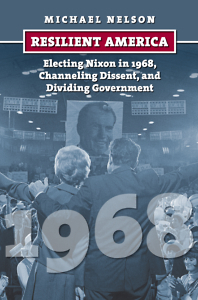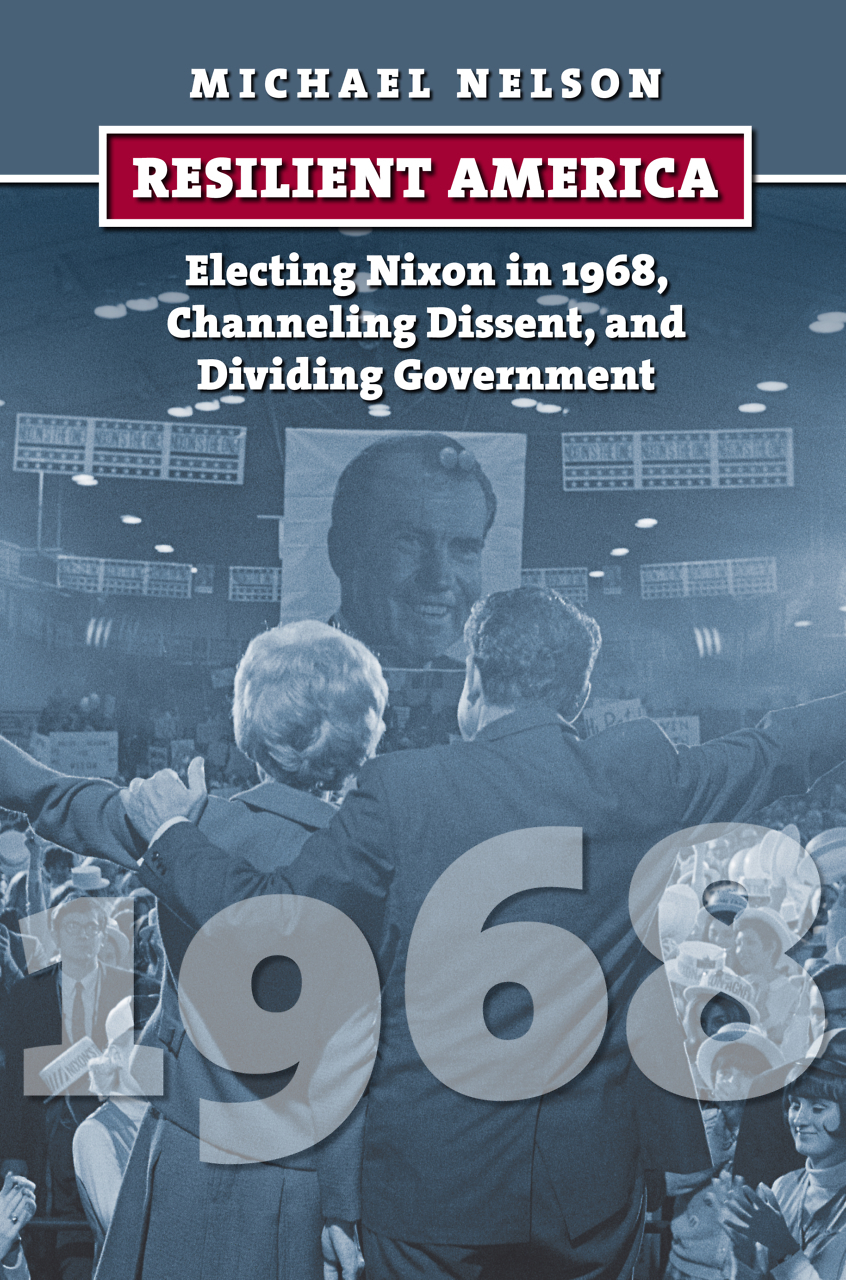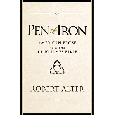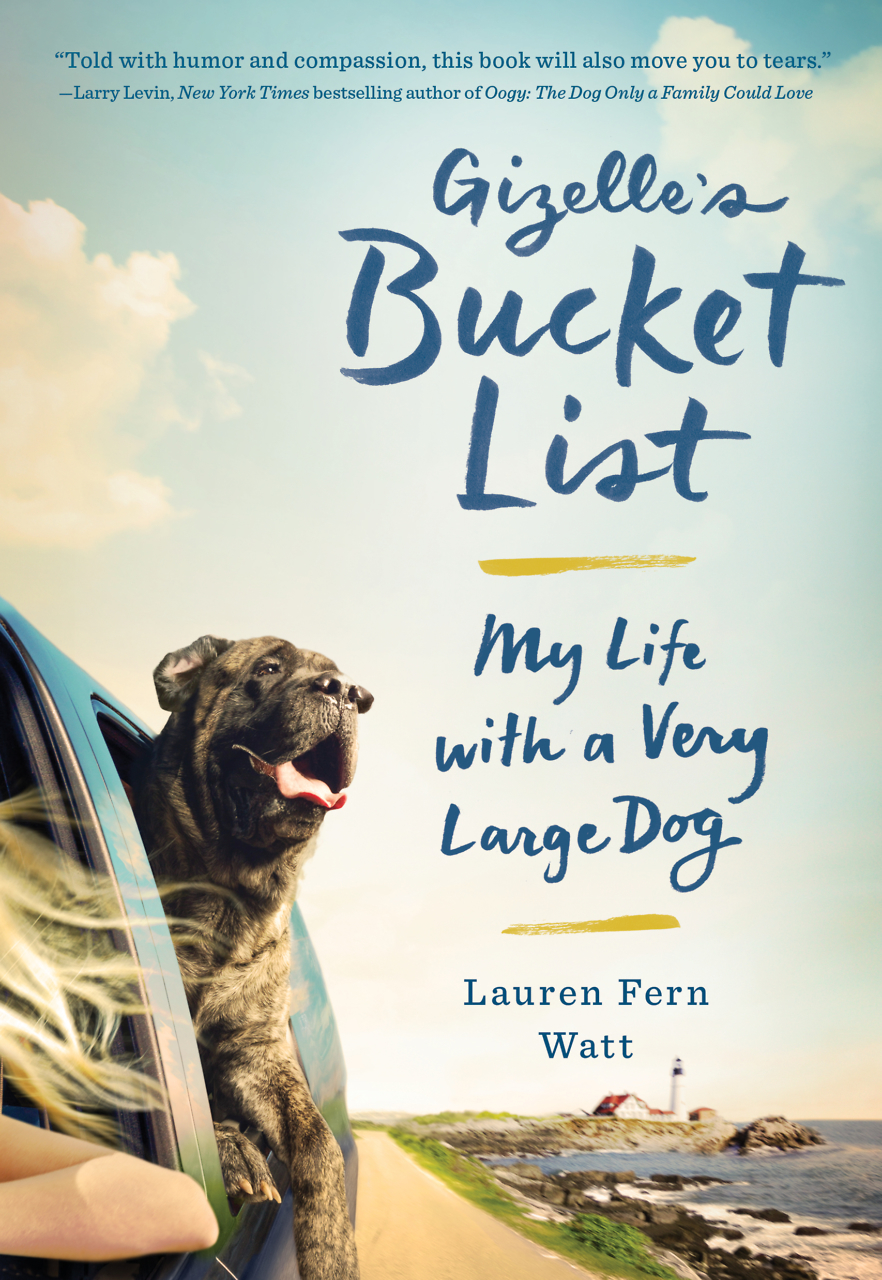Making and Remaking
Poet William Woolfitt considers his West Virginia heritage in The Night the Rain Had Nowhere to Go
William Woolfitt’s new poetry collection, The Night the Rain Had Nowhere to Go, pays homage to generations of his people in mine-riddled West Virginia. This vein is rich, calling forth his powers of language, lyric, and witness, and he follows a lineage of activist writers who both protest and grieve for the devastation of their native land, waters, and air: Maggie Anderson, Denise Giardina, Doug Van Gundy, Irene McKinney, Ann Pancake, Jayne Anne Phillips, and others.

Within this lineage, Woolfitt never lets us forget that the effects continue, with portrait after fierce portrait in his new songbook of hard times lifted by blues and ballad. In the title poem, we see the flood coming and coming onto the wounded land cleared of timber and blasted into ravines. Woolfitt writes, “My grandpas shoveled coal, extraction’s in my blood, my cells, the tracery of my nerves.” As such, his is a singular voice of mastery, fire, and empathy speaking out among many, raising to the light lives previously erased. He is a modern Appalachian Cassandra speaking prophesies amid the exploitation and consequences of corporate industrial America. Through it all, or despite it, he finds the smallest of flowers — a “lavishment” of rose mallow and clover, robin’s plantain and jewelweed — lifts them like sacraments to our senses in the piney woods, lest we overlook the beauties thriving underfoot, carrying us forward.
I’ve known and admired Woolfitt’s work for some years, meeting him at a writing conference over a decade ago. I’ve watched him grow not only as a master poet, but also soaring in multiple genres, including fiction and creative nonfiction. I look forward to his forthcoming book of essays, Eyes Moving Through the Dark. Will founded and edits Speaking of Marvels, where he interviews authors about their writing practice and new books. He is associate professor of English at Lee University in Cleveland, Tennessee, where he lives with his family on part of an old farm. He answered questions for Chapter 16 via email.
Chapter 16: You’re very connected to the generational span of your family and now have sons of your own. Describe how your writing honors your family history while holding a mirror to the hardships mining and the chemical industry have imposed on West Virginia’s environment and people.
William Woolfitt: Thank you so much for reading, Linda, and for responding with these probing, soulful, sobering questions. I’m honored. This book comes after 12 years of living in Tennessee, after the deaths of my grandmother and last great-aunt, after the births of my two children, after learning about Cherokee and Wampanoag histories in the American ethnic studies program that my colleague Donna Summerlin directs, after realizing that I’m still hearing West Virginia after many years away like Ann Pancake does — as she writes, “I can hear you just by dreaming myself back to you, just by imagining myself into you earnestly enough.”
My children are growing up in Tennessee, I’m trying to grow here too, and so I’ve been thinking about and researching the hardships and devastations that extractive industries, systemic racism, and settler colonialism have imposed on Tennessee’s environment and people. This has led to poems in my book about or touching on the Coal Creek War, convict labor, the lynching of Edward Johnson, the factories and coal furnaces of Chattanooga, and the Cherokee Removal. I also tried to write about the Dahlonega gold rush and land grab, but I’ve put those poems in a folder of failed material.
The family history I’m drawn to again and again is that of my maternal grandparents; it doesn’t feel like an exaggeration to say that they poured themselves out, broke their bodies, even gave their lives for their farm and their children and their grandchildren. And it also feels important to “hold a mirror,” as you say, to the parts of their story I would rather not see, to not sentimentalize or flatten them as I tend to do if I’m not careful, to acknowledge their frailties and mistakes, their connections to coal. My grandfather had worked at strip mines and driven a coal truck, my grandmother was a mine boss’s daughter and had trained as a cadet nurse during World War II; after they married, they lived in Clarksburg and West Milford, West Virginia. In the 1950s, they bought a cattle farm an hour away, near the Allegheny Mountains — and it too had been mined and logged by its previous owners. Again and again I dream myself back to their farm, I imagine my grandfather and grandmother sweated for it, greened it, made it beautiful again. Here’s part of my essay “D Is for Dominion” that further describes their farm years — or at least a version that I like imagining:
When I think about my grandparents gathering walnuts and pokeweed, snapping and stringing pole beans, giving my mother potatoes in a brown paper bag when we visited them, their work touches me like prayer. In their early mornings, their hours in the barn and meadows and garden, their raising of children and Charolais calves and seedlings, I want to see no selfish deed, no spoiling of the land, want to find what Dorothy Day calls “the green of hope, the rising sap of faith.”
Chapter 16: You grew up on land literally fractured by mining. In that sense, I see your work as a kind of kintsugi, or “golden repair,” the Japanese art of repairing broken pottery and porcelain with liquid gold or silver. How do you infuse such artistry in your work that’s largely about destruction and brokenness?
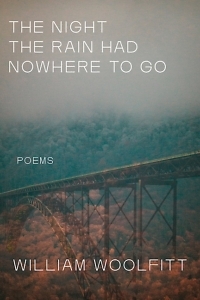 Woolfitt: First, let me say how late I was in realizing the fracturing you speak of, how I had to get the news or at least the desire for fuller knowledge from poems. I didn’t know my grandparents’ farm had been mined until after I wrote the poem “Ring of Earth” (it’s in Beauty Strip, my first book) and asked my uncle about my memory of filling in a sinkhole in my grandfather’s hayfield. And it was Julia Spicher Kasdorf’s poem “Among Landowners and Industrial Stakeholders, the Citizen with Too Much Memory Seeks Standing to Speak of Recent Events in Penn’s Woods” that prompted me to write about the mining disaster that had occurred in my hometown not long before I was born.
Woolfitt: First, let me say how late I was in realizing the fracturing you speak of, how I had to get the news or at least the desire for fuller knowledge from poems. I didn’t know my grandparents’ farm had been mined until after I wrote the poem “Ring of Earth” (it’s in Beauty Strip, my first book) and asked my uncle about my memory of filling in a sinkhole in my grandfather’s hayfield. And it was Julia Spicher Kasdorf’s poem “Among Landowners and Industrial Stakeholders, the Citizen with Too Much Memory Seeks Standing to Speak of Recent Events in Penn’s Woods” that prompted me to write about the mining disaster that had occurred in my hometown not long before I was born.
I love your suggestion that poetry can do the work of kintsugi, golden repair, pouring beauty into the cracks and ruined places. As I’ve said, I learned from my grandparents that you can work on a piece of broken land and make it beautiful again. My first chapbook was titled The Salvager’s Arts, and I’ve long been interested in self-taught artists like Bessie Harvey, who made sculptures from broken sticks that had been shaped by wind and beetles and worms, and Howard Finster, who made Paradise Garden on land that had been used as a trash dump. In my new book, I’m still thinking about all kinds of salvaging, making, and transforming, as I suggest in the opening poem “Credo Written with Berry Juice and Rust”:
From soup beans, scour pads, blackberries,
morels, margarine tubs, woodsheds,
so much has been made.
Even from gob piles, tipples, coke ovens,
the holes and pits that riddle all creation….
Chapter 16: You draw portraits and personas from a variety of sources for this book, as if they’re “Scenes from a Documentary History,” as one poem is titled. How did you first conceive of this collection, and how did you decide what resources to tap?
Woolfitt: I wanted many poems in the book to be akin to portrait essays, which Jessie van Eerden describes as “acts of attention,” as ways of “provok[ing] conversation about how we see and regard one another,” as ways of “seeking … companionship.” Perhaps my portrait poems can invite the reader to join me in paying attention to, regarding, keeping company with, even being changed or spoken to by those who make gardens and songs and hope and resistance — those who gather and give witness in the book. Its first portrait poem, “Mountain Sweep,” tells the story of the rural boys and girls — seen by those in power as white trash, as less than human — who survived involuntary sterilizations and other abuses at the Virginia State Colony for Epileptics and Feebleminded. The resource I used the most for this poem was the book War Against the Weak: Eugenics and America’s Campaign to Create a Master Race by Edwin Black. For the title poem (also a portrait), I drew on a variety of recent interviews with the community organizer Maria Gunnoe, who testified before Congress and spent many years protesting mountaintop removal, poisoned drinking water, and flash floods. (And later she contacted me through social media, asked if she could read my poem about her, and graciously fact-checked it for me.)
Chapter 16: Your voices are so fully realized, so poignant. It’s as if you’re in a trance and channeling your personas when writing. Tell us about your writing process, especially as it pertains to the voices in the current collection.
Woolfitt: When writing portrait or persona poems, I don’t start writing (can’t start writing is probably more like it) until I’ve dug up a quote that hums, or stumbled upon a fact that glows like an ember, or uncovered a thread that connects me or moves me closer to the person I’m writing about. I research, read, research again. I would like to think my take on the portrait poem is like Jake Adam York’s documentary lyric, which he describes as “a poem that’s strongly musical, that has a strong internal coherence, but which gestures outward, through documentary elements, including quotes, to a story that begins and ends outside the poem.” Indebted to York, Gwendolyn Brooks, Muriel Rukeyser, and other poets with documentary impulses, the portrait poem I want to write might be called something like “the digger’s lyric,” a poem that calls out (or maybe even sings) while trying to piece together stories. Ideally, it would sift through archive bundles, sedimentary layers, the midden at a cabin site; it would take on shape and texture and voice as it accrued material from brittle pages, moraine pebbles, mud, and marl.
In addition to research, compression and expansion are important parts of my process. Sometimes, as with the poem “The She-Devil of Abu Ghraib,” the early draft needs to be trimmed, boiled down, squeezed. On the other hand, the early draft of “Extracts from Letters of Rev. Evan Jones, 1838” needed the texture and contrast and surprise that came from doubling it, blowing it up, pushing it toward defamiliarization and strangeness.
Chapter 16: Music plays an important role in The Night the Rain Had Nowhere to Go. How did that come about, and how do the snippets of songs (country, blues, ballad) particularly color and underpin your narratives and personas?
Woolfitt: I wanted music to play an important part in the book because I’d read and loved Trouble the Water by Derrick Austin, Please by Jericho Brown (his work gave me the idea for the track poems in my book), Wildwood Flower by Kathryn Stripling Byer, Apocalyptic Swing by Gabrielle Calvocoressi, Outlandish Blues by Honorée Fanonne Jeffers, Magic City Gospel by Ashley M. Jones, Wade in the Water by Tracy K. Smith, and Murder Ballads by York. My Brown-inspired track poems (“Track One: the Wreck on the C. & O.” and “Track Two: Levee Camp Blues” and so on) are ekphrastic portraits of singers and musicians who have made folk music, early country, protest, blues — who craft their songs in a land that’s spoiled and stolen and strange — who are salvage artists, makers of beauty, culture workers, witnesses to stories that go on and on outside the poems like rings around stones dropped in water.
Chapter 16: You wisely intersperse poems of the past with those of your life with your young sons, which feels like the completion of a cycle. These are some of my favorite poems and bring a lightness and joy to fairly dark material. How do you see poems like “Turquoise Circles” and “Benediction” working with/against the others?
Woolfitt: I confess that sometimes I love to revise or even remake an older poem. “Turquoise Circles” is a remake of “Ring of Earth” that I wrote after the last time my son and I saw my grandmother on her farm, after windmills were installed on Laurel Mountain, after the coyote population increased and threatened her neighbors’ livestock, after I started writing about global warming and climate change. The circles in the poem were drawn by my son with a crayon; he called them “dream ponds.”
In “Benediction,” I remember picking ditch weeds with my other son; he called them “pink flowers” and talked about them with everyone he met, even strangers. In both “Turquoise Circles” and “Benediction,” I document my experiences with my sons as they imaginatively respond to the natural world, I include quotes from them, and I hope I’ve portrayed them as makers of beauty, as witnesses to stories that ripple on and on beyond me, beyond my own small and fleeting life that I’m making, remaking, sometimes writing about.
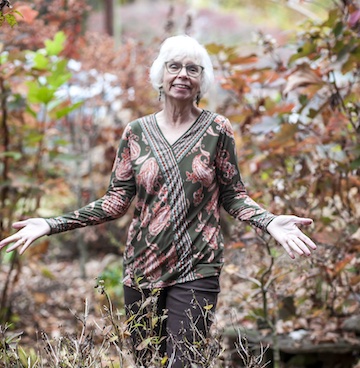
Poet, playwright, essayist, and editor, Linda Parsons is the poetry editor for Madville Publishing and the copy editor for Chapter 16. Her sixth collection, Valediction, contains poems and prose. Five of her plays have been produced by Flying Anvil Theatre in Knoxville, Tennessee. She is an eighth-generation Tennessean.
